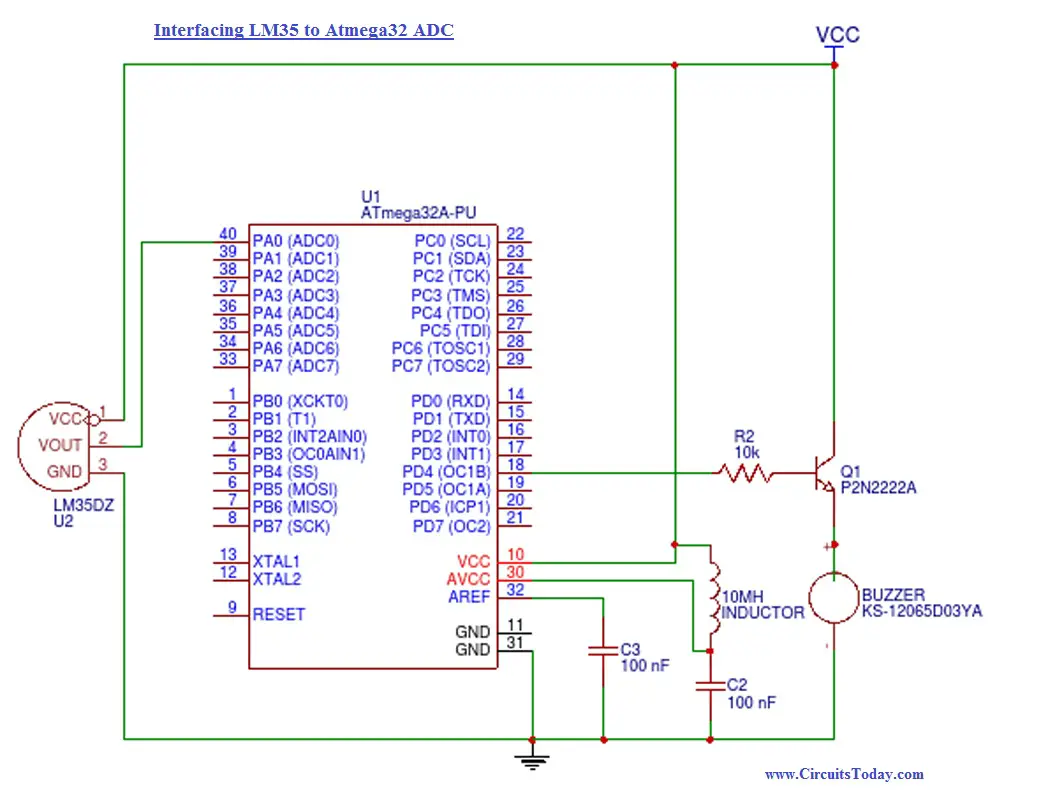


The most popular types are flash, pipelined, successive approximation- register, and sigma-delta. Within these broad categories, ADCs may also be grouped according to converter architecture. These definitions, however, are somewhat arbitrary and largely reflect the current state-of-the-art. Those with conversion rates above 10 Msamples/s usually get the high-speed moniker, while those with 16 bits or more of resolution fall into the precision ADC category. Converters with 8- to 14-bit resolution and conversion rates below 10 Msamples/s are typically considered general-purpose ADCs. ADC chips may be loosely grouped along these lines as general-purpose, high-speed, or precision. As such, they provide a means for broadly categorizing today’s monolithic ADCs. Speed and accuracy are two critical measures of ADC performance. Important for power-sensitive applications in which battery life, temperature, or space limitations may affect power dissipation requirements. The amount of power consumed by the converter. This spec may not be compatible with the ADC's maximum sampling rate. Important in IF under-sampling applications. The input frequency where the fundamental in an FFT of the output rolls off by 3 dB. SNR indicates noise performance of a converter compared to an ideal converter.Īnalog bandwidth (full-power, small signal), kHz or MHz Similar to SINAD, the ratio of the rms signal amplitude to the mean value of the root-sum-squares of all other spectral components, excluding the first five harmonics and dc. Signal-to-noise ratio (SNR) or signal-to-noise ratio without harmonics. Performance of a given ADC as compared to an ideal converter. SINAD indicates the true ac linearity an ADC because it includes the effects of the 2nd and 3rd harmonics The ratio of the rms signal amplitude to the mean value of the root-sum-squares (RSS) of all other spectral components including harmonics but excluding dc. Signal-to-noise-and-distortion ratio (SINAD ), dB Harmonics can limit the dynamic performance of a converter. Harmonics are noise components related to, or generated by, a-d conversion. The ratio of the rms sum of the first six harmonics to the amplitude of the fundamental frequency. The ratio of the fundamental frequency's amplitude to that of the largest spurious signal in a given bandwidth. INL produces additional harmonics and spurs in the frequency domain.
#Analog to digital converter code full#
The difference between the ideal and actual output when the converter input is at full scale. Gain error/full-scale error, expressed in terms of LSB The difference between the ideal and actual output when the converter input is zero.Ĭalculated after offset and gain errors are removed.
#Analog to digital converter code code#
The narrowing or widening of code widths caused by DNL can lead to “missing codes” and add noise and frequency spurs beyond the effects of quantization. The deviation of an actual code transition point from its ideal position on a straight line drawn between the end points of the transfer function. Integral nonlinearity (INL), expressed in terms of LSB In an ideal converter, every code is exactly the same size and DNL is zero.ĭNL, INL, offset error, and gain error specify how accurately the data represents the signal across the entire internal and external range. The deviation from the ideal (1 LSB) code width between any two adjacent codes. LSB size is a function of converter resolution.ĭifferential nonlinearity (DNL), expressed in terms of LSB The right-most bit in an ADC output code. The number of repetitive conversions per second for a full-scale change to specified resolution and linearityĭetermines the fastest sampling capability of the ADC Number of bits representing an analog signal, generally ranging from 6 to 24.ĭetermines how small an input can be resolved.Ĭonversion speed or rate, ksamples/s or Msamples/s Specification and terms, units of measure


 0 kommentar(er)
0 kommentar(er)
